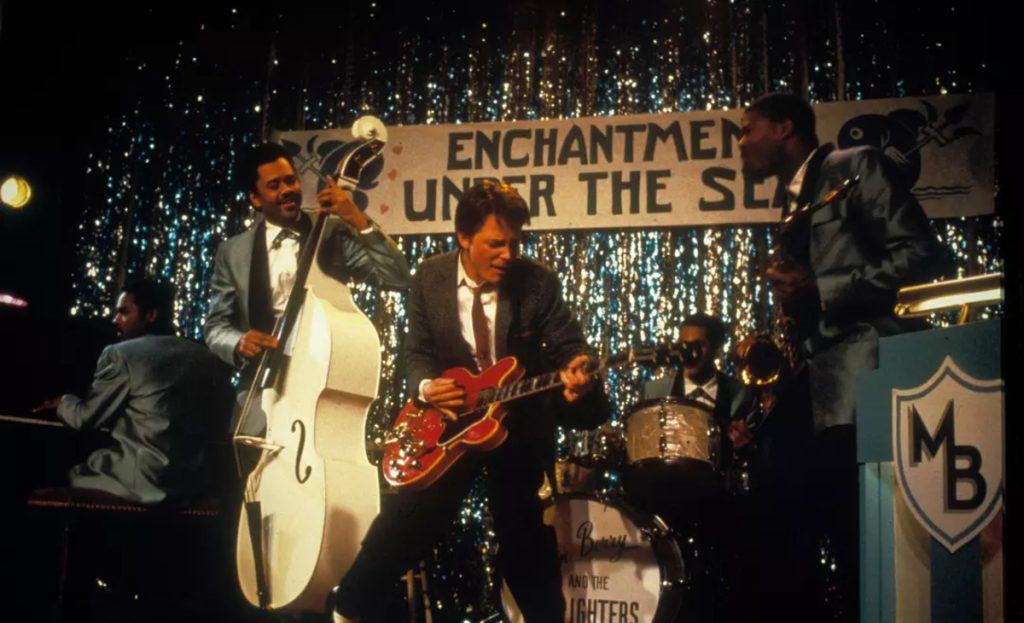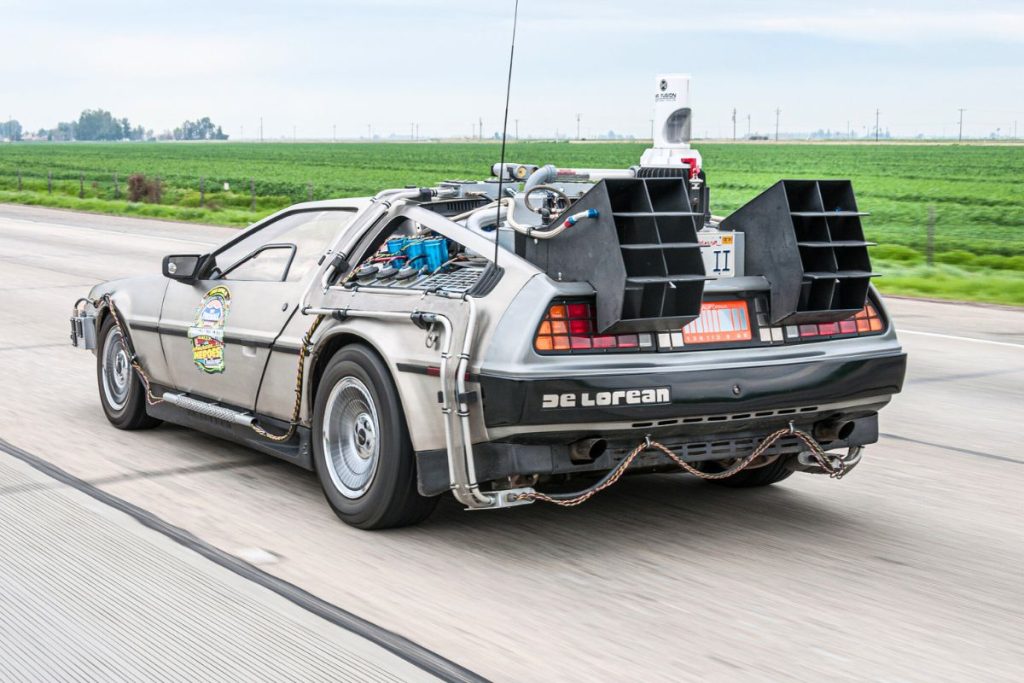Ever wondered why George and Lorraine McFly don’t recognise the teenage Calvin Klein when they’re reunited with Marty? The film’s co-writer has put the debate to rest with a surprisingly simple answer.
The puzzling paradox
Fans have often pointed out a glaring quirk in the original Back to the Future: after Marty McFly (aka “Calvin Klein”) helps his parents fall in love in 1955, he returns to 1985 only to find George and Lorraine happily married—yet they show no hint of recognising the teenager who brought them together. As someone who rewatched the film on Netflix, I vividly recall pausing my DeLorean marathon to wonder: would you forget someone you spent eight pivotal days with during your teen years?
This question has echoed through fan forums for four decades, becoming one of the most discussed time travel paradoxes in cinema history. If George and Lorraine never noticed Marty’s striking resemblance to Calvin, does that undermine the film’s logic?

The screenwriter’s defense
Bob Gale, co-writer of the movie, addressed this very issue in an interview with The Hollywood Reporter. He argues that George and Lorraine’s fleeting encounter with Calvin—only eight days when they were seventeen—wouldn’t leave a lasting impression. “Think about your own high school years,” Gale pointed out. “Could you recall someone you met just for a few nights without a photo? After twenty-five years, your memory would be vague at best.”
Gale’s explanation turns what seemed like a plot hole into a testament to fallible memory. After all, even if Marty’s face looks identical, his parents never suspected their own son of time-travelling. So next time you slip behind the wheel of that iconic DeLorean, rest assured the timeline remains intact—thanks to the simple quirks of human recollection.



